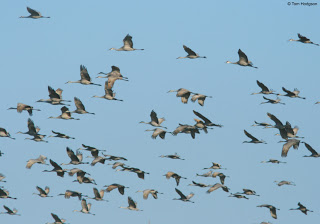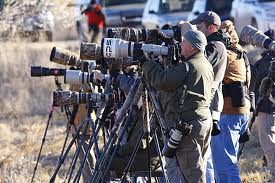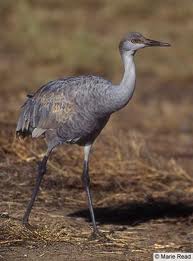As your life unfolds, the power of experience reshapes your memory lane, allowing you to craft a new narrative. Each time you retell your life story, you are not just recounting but reinventing yourself.
Our past, often envisioned as a metaphorical' memory lane,' is not fixed. It is subject to change, influenced by our present perspective and experiences. Each time we revisit a memory, our brain has the potential to reinterpret or edit it, offering us a fresh understanding.
Professor Elizabeth Phelps, a professor of psychology and neuroscience at NY University, presented this thought. Senior Editor Mark Fischetti quoted her in a 2017 Scientific American article, “Why Do Our Memories Change? "
Professor Phelps said, “Our memories can change because they become vulnerable each time we revisit them. When we first lay down a memory, it takes the brain a little while to solidly store the information—consolidation. And every time we subsequently recall that memory, it has to go through a new storage process—another slight delay for another consolidation.”
The book Why Life Stories Change: As You Look At Your Own Life Story, You See Yourself Differently states that who we are is the total of the events in our lives, especially those we connect with. We choose the circumstances we connect with each time we tell our life stories. We do just that by putting together the narrative of who we are in our life stories.
As we retell the story, we can pick which events we connect with and what we conclude about them, weaving and reweaving the narrative about them into our story.
As my story changes with the retelling, it changes me. I become different because of how I see the story.
A person’s connections include those who have come into their lives, but even events we experience through fiction and fantasy can contribute to our conclusions about life. For example, George R.R. Martin presents this idea in a quote: " A reader lives a thousand lives before he dies,” and all those lives influence us.
A poem by an unknown author suggests it focuses on the influence of those people in our lives.
"Some people come into our lives for a reason, some for a season, and some for a lifetime.”









